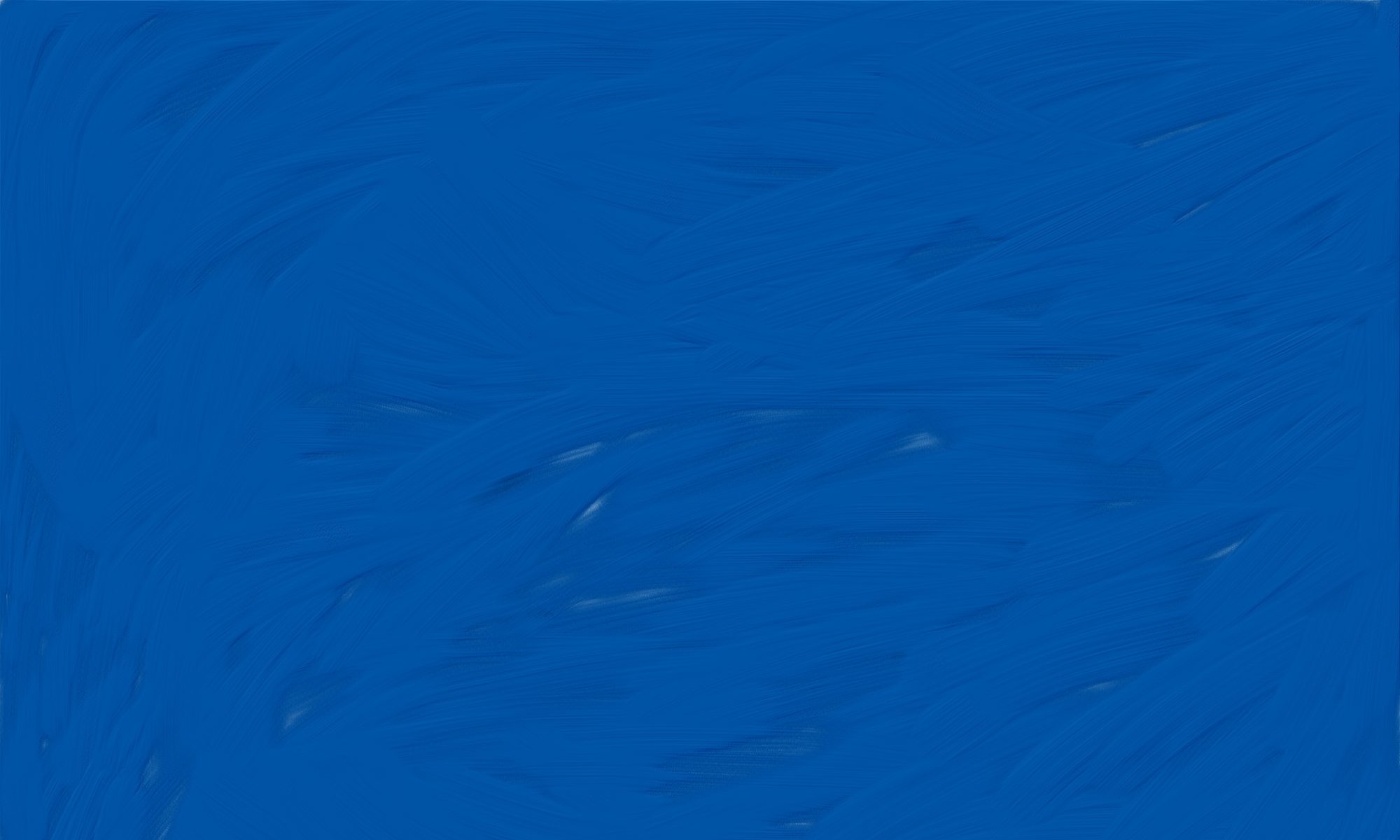I watched A Monster Calls (2016) a few weeks ago and the animated scenes have stayed with me, not just because of their emotional pull but also the amount of techniques used to create them is immense.

As well as the technical skill, the styles themselves are influenced by artists I admire and follow. In particular, especially in the first sequence, I see Hans Bacher in the backgrounds and the figures have an unmistakable air of Henry Moore.
This still is from Hans Bacher’s concept art for Beauty and The Beast. The saturated colours and obscured detail, teamed with lots of movement, have clearly influenced some of the visual direction, particularly sequence 1.

The ethereal textures, colours and atmosphere of Bacher’s illustrations combined with the sheer size and silent presence of Moore’s sculptural style is perfect for creating a narrative that relies heavily on imagery. Both very strong within any composition, the end result is very dramatic rather than whimsical. It stays with you long after the film and it is a work of animation that can be revisited and seen with new eyes each time.
Going back to my earlier post on Chinese narrative illustration is important in relation to this. I’ve been sketching and pushing myself out of my comfort zone on the advice of my tutor, Kate. I was hesitant at first and when Kate suggested going back to paper and traditional media, I remember putting up a bit of resistance. After reflecting on my response to that suggestion, I pulled together some supplies and started to experiment. Those experiments and my keyword are what brought me to Chinese narrative illustration, and what pushed me to look at the intricacies within those works. The characters within the Chinese paintings aren’t highly detailed. Often, especially in the synoptic view pieces, the characters expressions and body language aren’t very clear at all. Is this to allow the viewer to enhance the stories in their own way, using their own imagination? I suspect so.
When I looked again at sequence 1, it struck me how the shape of the character was more prevalent than the character itself. The detail of the King and Queen in particular is almost completely obscured and practically silhouette. Due to the nature of the complete film, these animated scenes are to aid storytelling. Detail has been stripped from certain characters and injected into the backgrounds instead. The settings are beautifully created and presented in parts; ink blooms and water effects spread across the scenes as they come alive. This creates an emotional response that doesn’t require us to get to know the characters – they’re just part of a wider story. This also allows for an element of surprise. That said, the characters expressions are not easy to gauge so we use our own imagination to project what we think these huge looming figures are thinking, and what their motives are. The characters that feature slightly more detail are projected in a different way and we see a little more of their detail which influences how we feel about them. We make a decision about whether they are bad or good.
In relation to the film, this is done to make the point that when you are told a story, you fill in the blanks without knowing the facts first. A storytellers bias, or decision to withhold certain information, and our own state of mind, influences our perception.
In relation to my own practice, it’s a technique that I would very much like to explore further.
A Monster Calls. (2016) Film. Directed by J.A. Bayona. UK; Entertainment One
MOORE, H. (1952), King and Queen [ONLINE]. Available at: https://en.wikipedia.org/wiki/King_and_Queen_(sculpture)#/media/File:Henry_Moore_kingqueen.jpg[Accessed 22 October 2017].
BACHER, H. (1988), Beauty and the Beast concept art [ONLINE]. Available at: https://www.google.co.uk/search?q=hans+bacher&safe=active&source=lnms&tbm=isch&sa=X&ved=0ahUKEwjw_OSj1oPXAhVHVRoKHd1PCW0Q_AUICigB&biw=1920&bih=900#imgrc=iYCrrtYh8TsENM:[Accessed 22 October 2017].

So many diverse visual effects – lots of visual references.